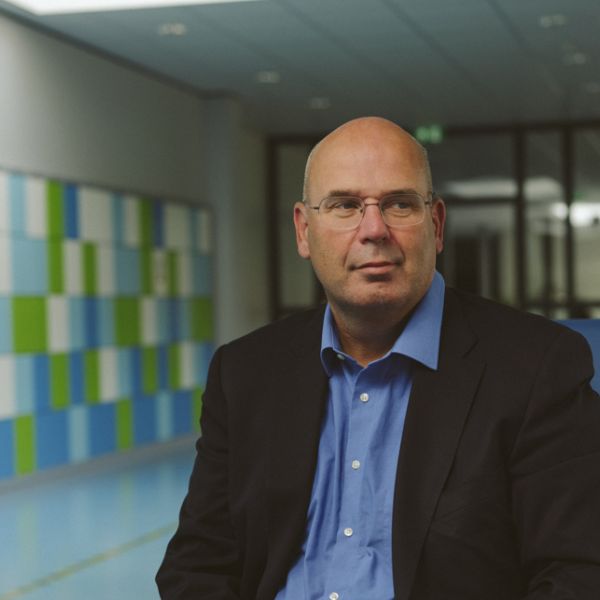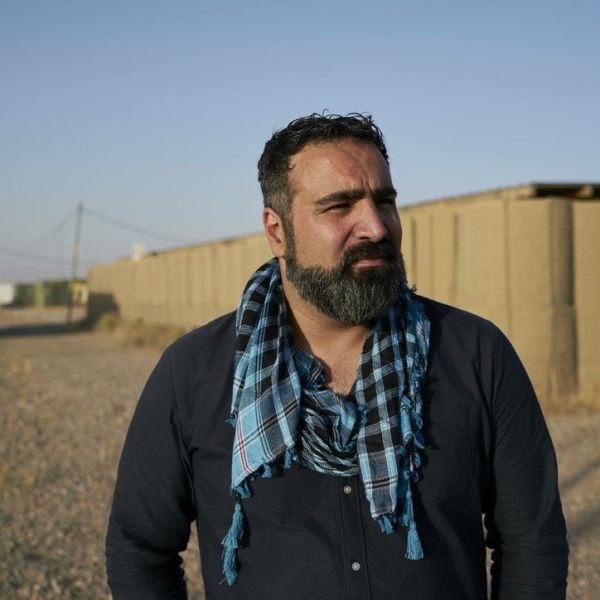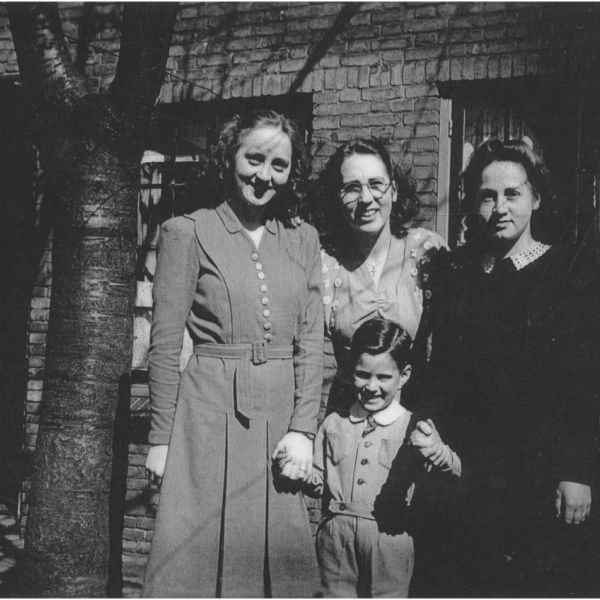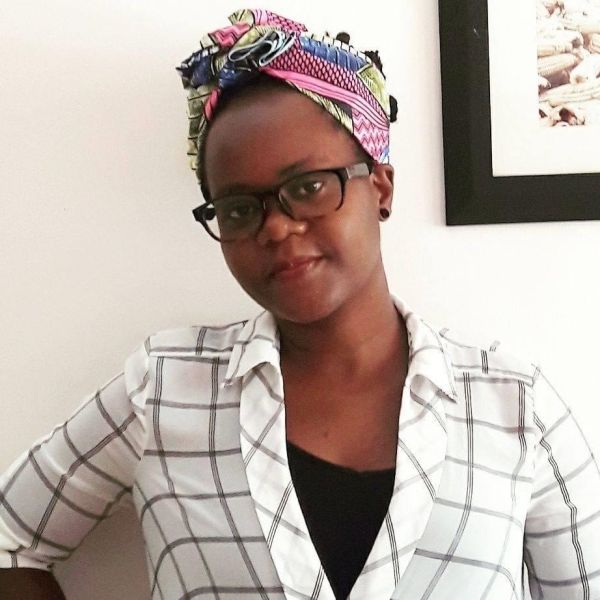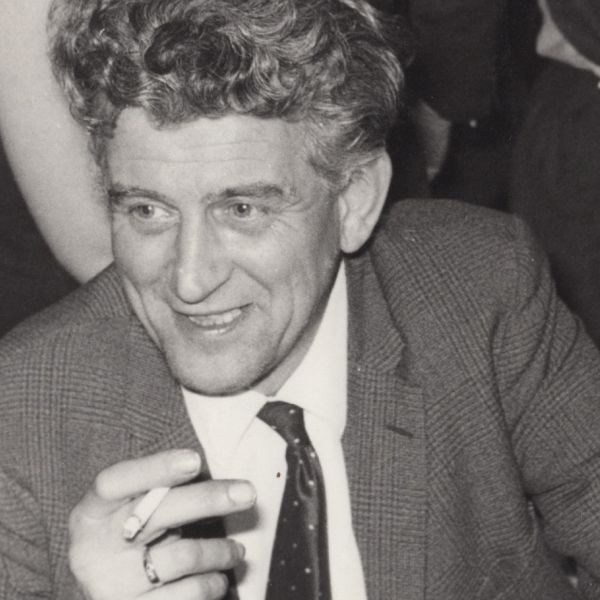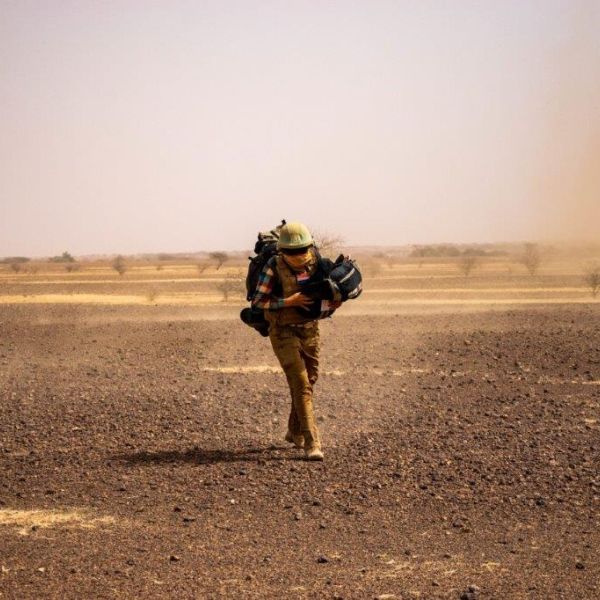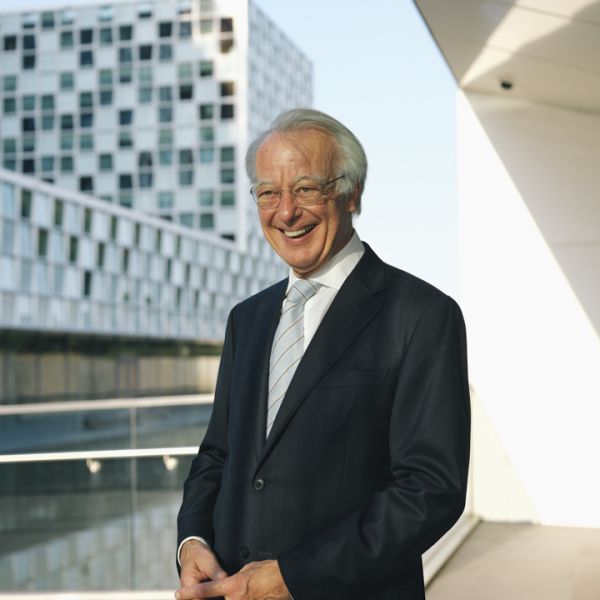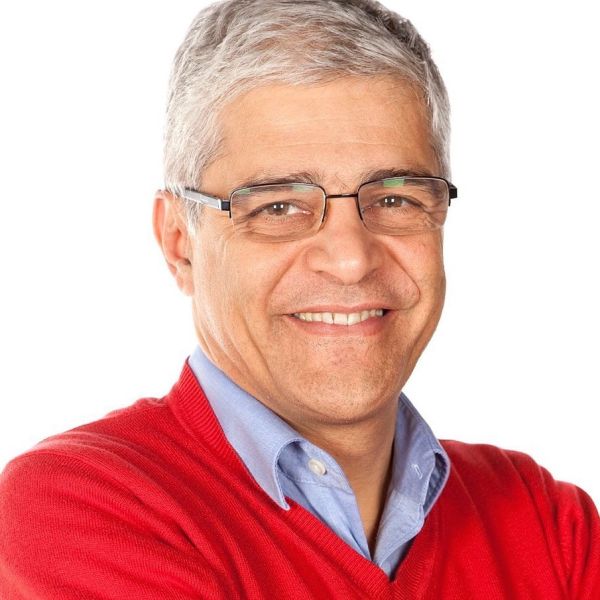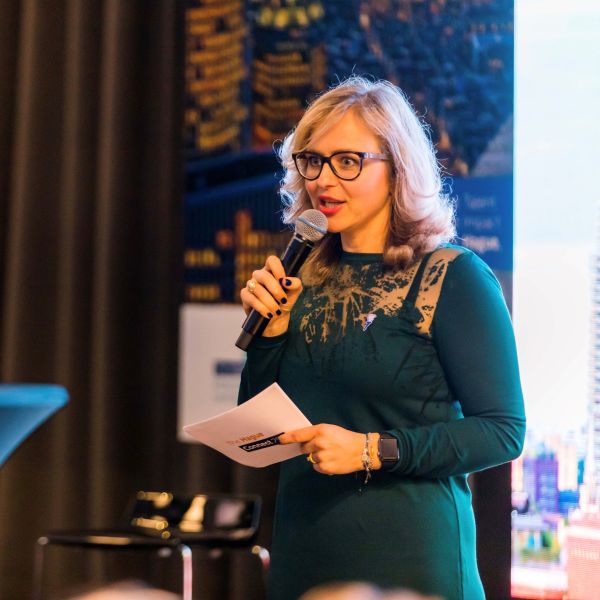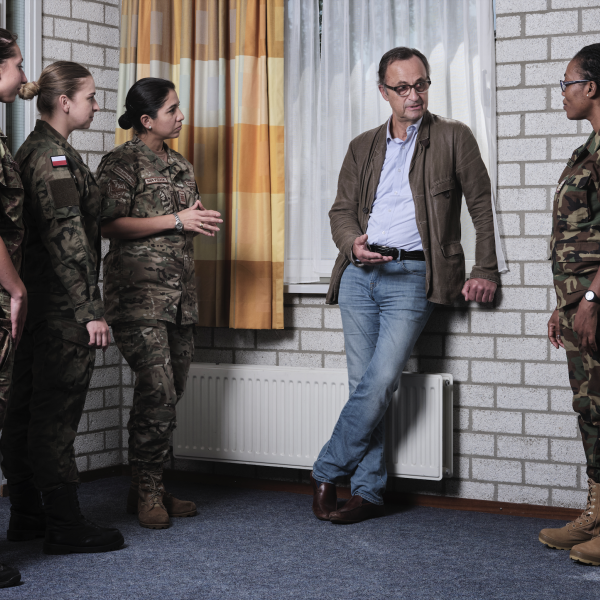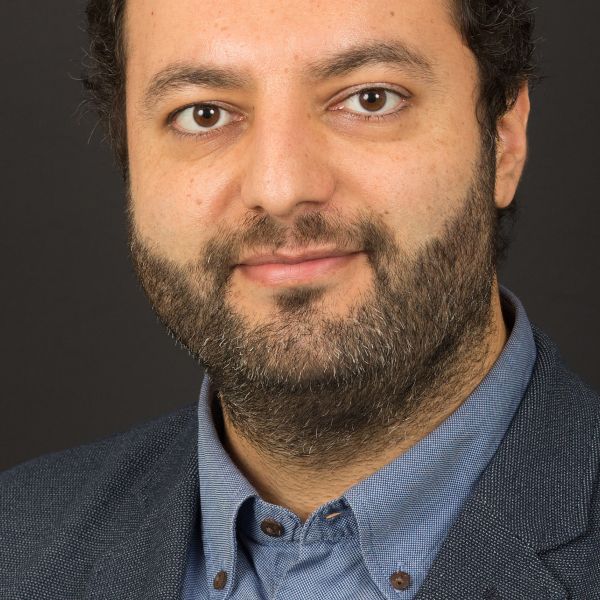75 years of UN in 75 stories: Hans van Leest
In 1994, Hans van Leest (1947) went on a humanitarian mission to Congo, then still called Zaire. On the mission: over one hundred Dutch troops delivering food, water and medicine to a quarter million refugees from Rwanda and supporting the medical staff on the ground.
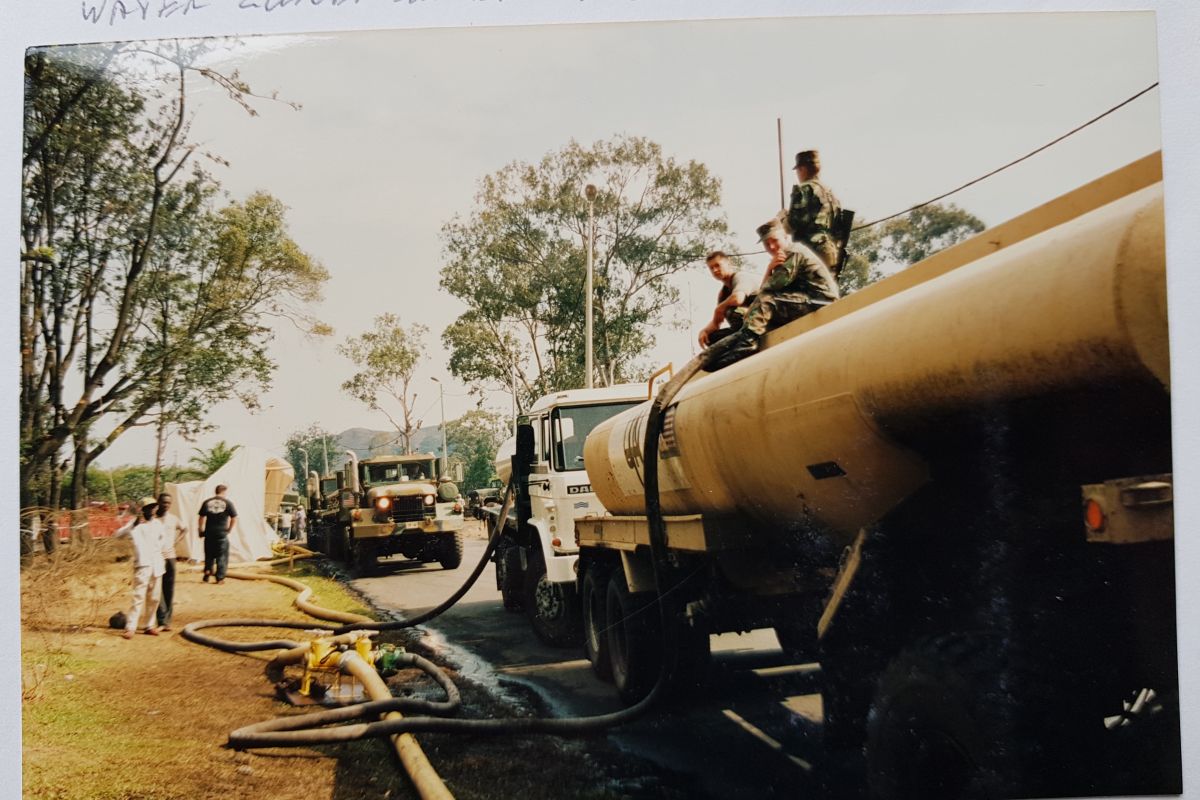
“Was the mission worth it? I still can’t say.”
As the long-entrenched colonial governance throughout the region receded, the unrest between the many ethnic groups in Rwanda began to rise in its wake, coming to a boiling point in the early 1990s. Shocked by the violence, the United Nations sent observers to the country, giving the new United Nations Assistance Mission for Rwanda (UNAMIR) the mandate to monitor the cease-fire, maintain peace and report incidents. But even the UN presence was unable to prevent the mass murder of Tutsis and moderate Hutus on a nearly unimaginable scale in the spring of 1994. In a short space of time, nearly a million people were murdered. A vast flow of refugees poured into neighbouring countries, including Zaire (now Congo).
The Netherlands answered the call from UNHCR and others in July 1994 by sending a military relief detachment to Goma in Zaire: the Netherlands Detachment Provide Care (NLDetPC). This detachment consisted of a medical team drawn from the Army, Air Force and Navy, a transport group, and an Army water transport unit, accompanied by a security force of Marines. On the ground, they worked primarily alongside UNHCR and a number of NGOs.
UN member states can send troops on peacekeeping missions to restore peace and prevent conflict. But the United Nations also plays an important role in organising humanitarian aid and emergency relief: medical care, shelter for displaced persons, clean drinking water, and education.
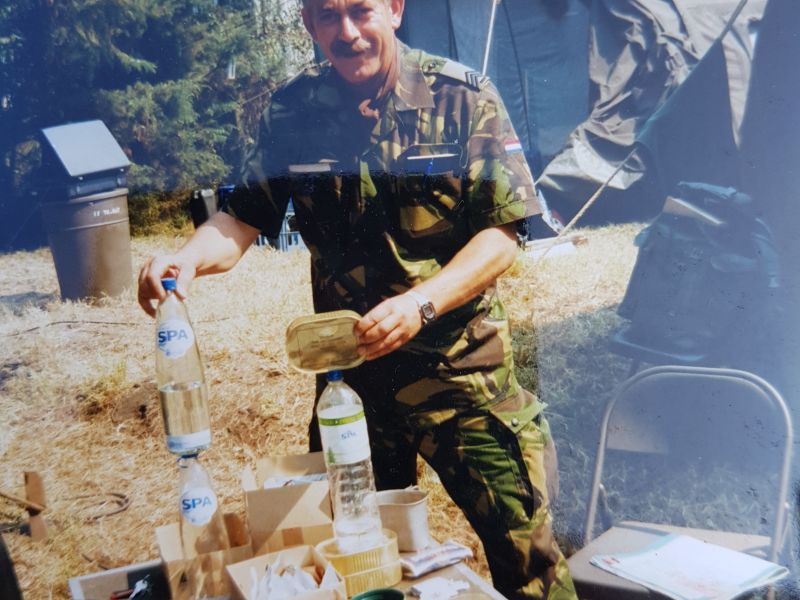
“Rwanda was the site of a vast genocide in 1994. In a very short space of time, Hutus murdered nearly one million Tutsis and moderate Hutus. When the Rwandan Patriotic Front led by a Tutsi named Paul Kagame seized power, an estimated 850,000 Hutus fled the country. They ended up in Goma, a city on the border with what is now Congo. When we got there, people were sleeping on the ground, next to the stacks of bodies.”
At that time, Hans van Leest was a career military man, stationed at Woensdrecht Air Base in the far south of the Netherlands. He had never participated in a mission, and in truth had never wanted to. “But I had a lot of experience with transport, and the goal of the mission was to get the emergency aid to the refugees as fast as possible. We had to set up supply lines for food and medicine for the refugees.”
“Then we realised that we were supporting potential future murderers”
After training for a few days, 106 troops boarded the aircraft for the humanitarian mission. “It was a place ruled by hunger, thirst, cholera and violence. Hundreds of people were dying every day; the bodies were lying along the side of the road and floating in Lake Kivu.”
Van Leest and his company set up transport lines that could get food, water and medicine to the refugees quickly and efficiently. The situation improved, but it very quickly became clear that among the refugees there were also many militant Hutus, whose only goal was to regroup and get back to Rwanda to take revenge. “We realised that we were feeding potential future murderers. All the parties pulled out, one by one. When we left, our work was far from done.”
Like many who were there with him, Van Leest has long asked himself whether the mission was worth it. He doesn’t have the answer. “But we were able to train people there to continue our work, and I know for sure that in that brief period we were able to save thousands of lives.”
There is only one place on earth where nearly all the nations of the world sit around the table: the United Nations. The UN focuses on issues that transcend the borders of countries or even affect the entire world, such as peace and security, climate change, education, health, cultural heritage, economic development, and more. To many, the work of the UN seems very abstract, but by engaging with rescue workers, peacekeepers, aid workers, diplomats, eyewitnesses, soldiers, and others involved with the UN, it becomes clear how important the work of this organization is. This is exactly what Humanity House has done. Unfortunately, this organization had to close its doors, but Just Peace and Museon-Omniversum have teamed up to preserve their stories. You can now find these stories on Just Peace's website, and some of them are also included in an exhibition about the UN at Museon-Omniversum.
The 75 Years of UN Stories were collected and curated by Frederiek Biemans for Humanity House.
